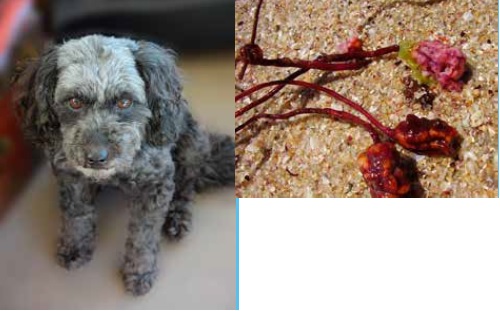Summer Skin Damage
/With spring well underway it is important to keep our dogs safe in the sun. White dogs, those with sparse hair coats or short-haired breeds, are particularly prone to solar damage from UV rays, even on cloudy days. What starts as an irritating sunburn can lead to more serious conditions from solar dermatitis through to serious skin cancers.
Prevention is better than cure, so to help our pets avoid getting red in the face we can help protect them from the sun. Keeping dogs indoors during the peak UV exposure times (11am-3pm) and making shade available is important. Using one of our pet-safe creams or powder sun-blocks on vulnerable areas will help.
Checking your pet regularly is important especially in dogs already living with skin allergies. Noses and less haired areas are key spots to check for signs of damage so that we can treat early.
Our Blue Cross Veterinary team are happy to talk you through sun-protection strategies or investigate skin disease.












